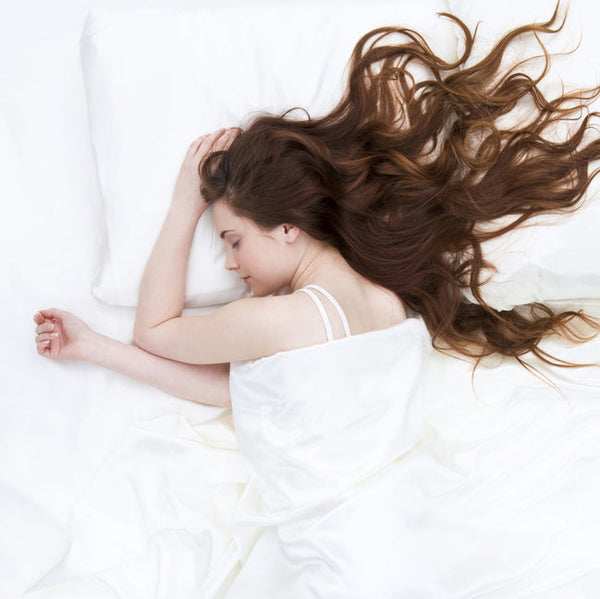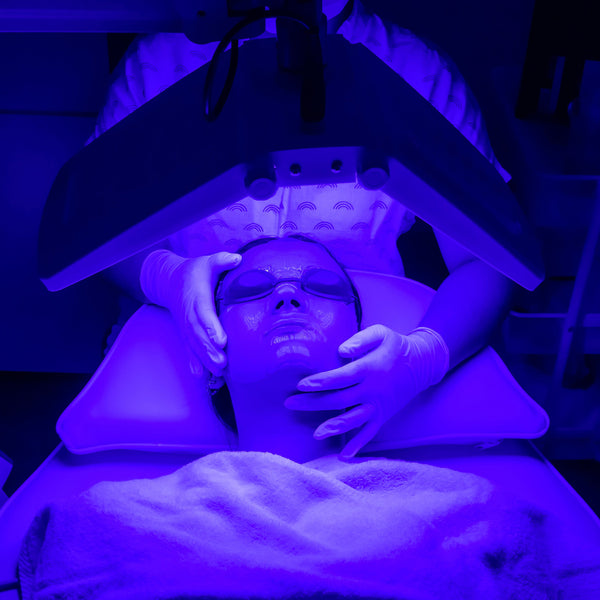Injection Trends Around The World

In 1981, the FDA approved bovine collagen for cosmetic injection. Since its approval, dozens of injectable fillers have been developed and approved for cosmetic use. The first filling agents were formulated to help patients with therapy-induced facial fat-loss and lipoatrophy in HIV patients, however, some physicians started administering fillers to their patients seeking cosmetic rejuvenation. The injectable Poly-L-lactic acid, also known as Sculptra, was the filler of choice at the time, lasting up to 3 years with maintenance.
Today, there is a vast variety of fillers on the market, all formulated to create facial volume and reduce the appearance of wrinkles. Some clients may confuse fillers with neurotoxins such as Dysport and Botox, which cannot “fill” lines. Botox works by paralyzing muscles that are responsible for facial expression, especially crow’s feet, forehead lines, and frown lines (also known as “elevens”). Botox and other muscle relaxers with Botulinum Type A do not directly target wrinkles, but the muscles that cause them to develop. In contrast, fillers are injected directly under the problem area to help make-up for loss of volume associated with aging or weight-loss. Every filler is designed to have a different density, texture, and injection depth. Certain fillers work better for certain areas than others. In the US, the following products are the most popular for dermal injection:
- Acne scarring: Bellafill
- Tear troughs: Restylane
- Cheeks and chin: Restylane, Voluma
- Neck and chest: Belotero
- Nasolabial folds: Radiesse
- Lips: Restylane, Juvederm
The latest trend in lip injections is “Russian Lips” – a technique that originated in Russia and quickly became popular around the world. A heart-shaped, fuller pout is achieved by injecting columns of filler vertically rather than horizontally into the lips through the vermillion border. Thus, the injector works the product from the inside out, accentuating the cupid’s bow, an homage to the Russian nesting doll - the Matryoshka.
Another trending lip look is “Keyhole Lips”, a technique using a string placed against the bow of the upper lip and at the center of the lower lip, while the injector works the product into the lips. This technique creates a small hollow between the lower and upper lips, giving clients a pout like that of Angelina Jolie.
While lip injections may only last 6-9 months, nasolabial injections tend to last longer at 12-18 months, and chin and cheek fillers can last up to 2 years. These long-lasting fillers, such as Voluma are typically placed just above the bone and create a non-surgical face-lift effect that needs to be touched-up roughly once in every 12-18 months. One such procedure is the Y-lift, which has gained popularity in the US – filler is injected on to the cheekbones, corners of the jaws, and the chin to create a well-rested and chiseled facial silhouette.
The same types of facial injection techniques are popular in Europe, with some additions. One of the latest fillers to come on the European market is Profhilo, manufactured by a Swiss pharmaceutical company IBSA. The maker claims Profhilo has opened up a new injectable category - bioremodeling. Instead of being a dermal filler, it is not only characteristically different, but serves a different purpose and has a shorter lifecycle. Instead of being a thick gel that stays in place after being injected, Profhilo is watery and runny, and starts spreading under the skin immediately after injecting. This HA-packed product is formulated to stimulate collagen production, it provides the skin with intense hydration and rejuvenation, think of it as injectable skincare.
Italy’s newest filler Neauvia Organic is also gaining popularity in Europe. Created with the purest form of Hyaluronic acid derived from Bacillus Subtilis, it’s safe and non-pathogenic, and has the remarkable property of standing up well to heat and light. This makes Neauvia Organic the perfect choice to use in tandem with LED, lasers, RF, and other types of devices which can break up other types of filler faster. This product is ideal for patients with allergies and sensitivities.
In addition to fillers, Europeans prefer threads – either on their own, or in combination with fillers. PDO (polydioxanone), PLA (polylactic acid), and PCA (polycaprolactone) facial threads promise to stimulate collagen production and create a visible lift. Threads can come as either mono-directional or bi-directional, smooth or barbed. They are thinner than a strand of hair, completely bio-absorbable and absorb after 6-12 months. PCA threads are the newest and most advanced of the three and can last a whopping 12-15 months.
At 37 years old, one type of non-surgical rejuvenation stands out to me the most – facial fat grafting, or simply put, a fat transfer. This type of aesthetic rejuvenation uses a patient’s own fat harvested from another area, such as the abdomen or flanks to bring the face or hands back to their youthful appearance. Younger patients will benefit from only a fat transfer, while older patients may combine the fat transfer procedure with a face-lift. Contrary to myths, since only living whole fat cells are transferred, the procedure is permanent, and doesn’t need to be repeated as often as fillers do. Fat transfer is a great option for those patients wanting to achieve a natural fresh-faced appearance without looking overfilled.










